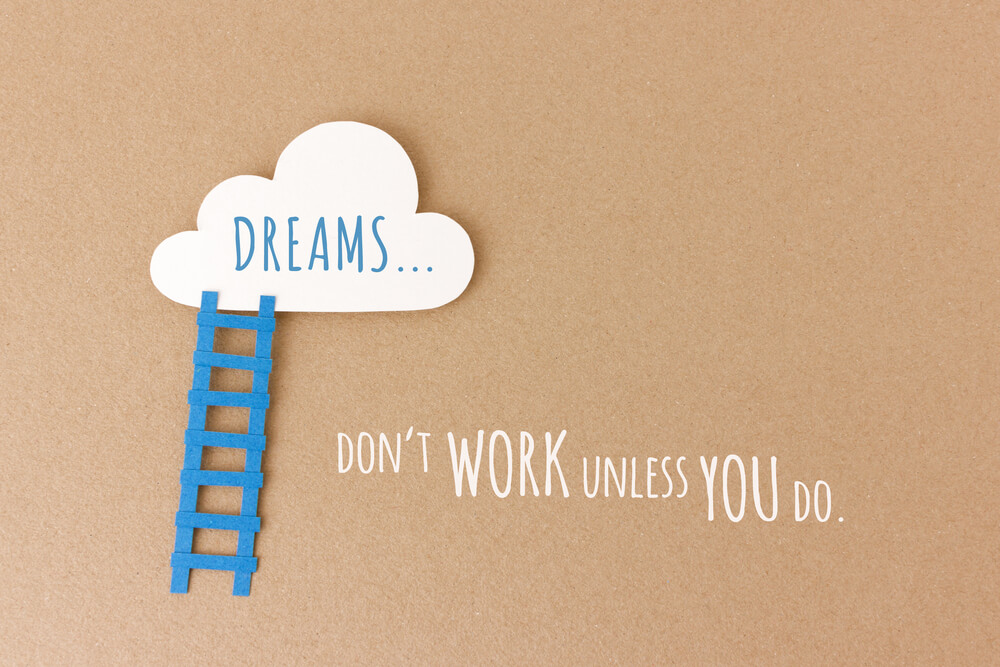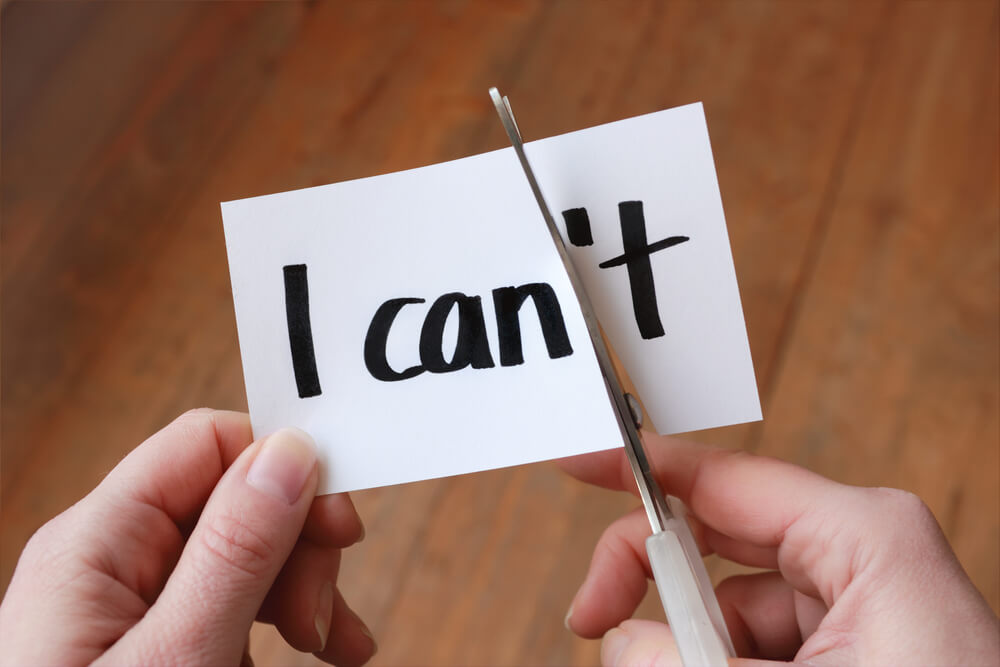The Postage Stamp & How to Finally Overcome Fear

Consider the postage stamp. It travels to far and distant lands. It leaves its family (the rest of the book of stamps it was plucked from) and it never sees them again. I’m sure that is fearful for the stamp, but it knows that it has a job to do. It stares fear in the face and forges on. If the postage stamp can do it, you can too.
When we are born, we have no fears. As we grow we learn and develop fears. The two major fears we learn are the fear of failure or loss and the fear of criticism and rejection. We soon begin to believe that we are inadequate, weak and unlovable. As a result of the destructive criticism and rejection we received in childhood, we hold ourselves back as adults. We sell ourselves short. We quit before we even try. But if we challenge and change our beliefs about ourselves, we can literally transform our lives.
One way to overcome your fear is to define your fear. When we face new situations in life, we normally imagine the worst-case scenario. But, did you know that you can dramatically shrink your fears by simply putting them into words on a piece of paper?
Secondly, accept the challenges that fear presents to you. Instead of shrinking back and giving fear the upper hand, accept fear as a normal part and life and act in spite of it. A great new tool from author and speaker Mel Robbins of The 5 Second Rule, really works. Try it. When you want to do something, just count backwards 5-4-3-2-1 and then do the thing that scares you. Eleanor Roosevelt said, “Do one thing every day that scares you.”
Next, think of the benefits of acting in the face of your fear. Think of what it will do for your self-esteem and self-confidence. A good exercise is to physically write down the benefits you will gain by forging ahead. The thing to remember is that every decision you make is helping to form the person you are becoming. Do you want your fear to define you or do you want to take that scary risk and come off the victor?
My online mentor, New York Times Best Selling Author Brendon Burchard, says fear is simply the bad management of your own mental faculties, meaning you continually replay in your mind possible fearful outcomes that might happen one day. Fear manifests itself in what psychologists call the competence-confidence loop. When you are not competent in an area, you lack confidence. But, the more you understand something the more confidence you will have in that area. Fear comes from not having that competence and confidence.


As we grow we learn and develop fears. The two major fears we learn are the fear of failure or loss and the fear of criticism and rejection.
Burchard goes further by breaking fear down into three categories which all relate to pain:
Loss Pain Process Pain
Process Pain
Outcome Pain
Embrace and confront your fears
Loss Pain
The first is loss pain, which happens when you’re afraid to move ahead because you fear you’ll lose something valuable in the process of trying.
This could manifest itself in a number of ways. For Burchard, he wanted to strike out on his own as an entrepreneur, but if he did, he might lose the security of his full-time job, he would lose his 401k, he would lose that steady paycheck. All that possible loss adds up to fear and for some people, they would rather stay put than to risk suffering loss pain.
But instead of focusing on what you will lose, flip the script and focus on what you will gain. You will gain freedom from a job you may not like, freedom of your time and the ability to earn more than you could ever earn in a 401k. You will also gain challenges, but challenges are good because every challenge stretches and grows you as a person. Remember what you focus on, you feel. What you feel, you will act on.
Process Pain
The second is process pain, which inevitably occurs every time you try something new. You have to go through the process of learning to deal with it. Let’s face it, doing something new is hard. You have no competency in what you are learning and sometimes that fear is enough to stop you in your tracks and make you not want to change.
But part of the mastery of life is to see change as something to look forward to, not as something to distance ourselves from. All your life you have avoided change. Tell me, where has that gotten you? See change as an exciting journey to be embarked upon. See all the fun, exciting things that change can bring into your life such as new experiences, new people, and a new outlook.
Outcome Pain
The last is outcome pain. This involves not getting the outcome you desired. Of all the three, I think this is the scariest because the what if’s begin. What if you overcome loss pain and move ahead and you tackle process pain and bulldoze ahead and in the end, you still are no better off than you were when you first began. What if you don’t earn more money, what if you don’t lose the weight, what if…?
The what-if’s get people stuck. They fear the negative what-if’s, so they don’t try. But try thinking about the positive what-if’s. What if once a day, every day, you visualized what your life would be like if, you did this thing you want to do. Visualize how powerful you would feel, how satisfied, how competent, how confident you would be. Think in terms of positive outcomes, not the negative pain.
Burchard insists that people need to overwhelm their fears. Just as an army invades its enemy from every side, a person should do the same with fear, attacking it from every side, as if going to war, because in a sense, you are.
Make this the demarcation line. Resolve to stop suffering in your mind. Ask yourself the hard question, “What do I really want in my life? Why have I not been progressing up to this point in my life?
Take some time to think, meditate and for the first time, focus on the gains and not the losses, the joys and not the sorrows, the positive outcomes and not the negative ones.

CAREER ADVICE

GOV TALK
